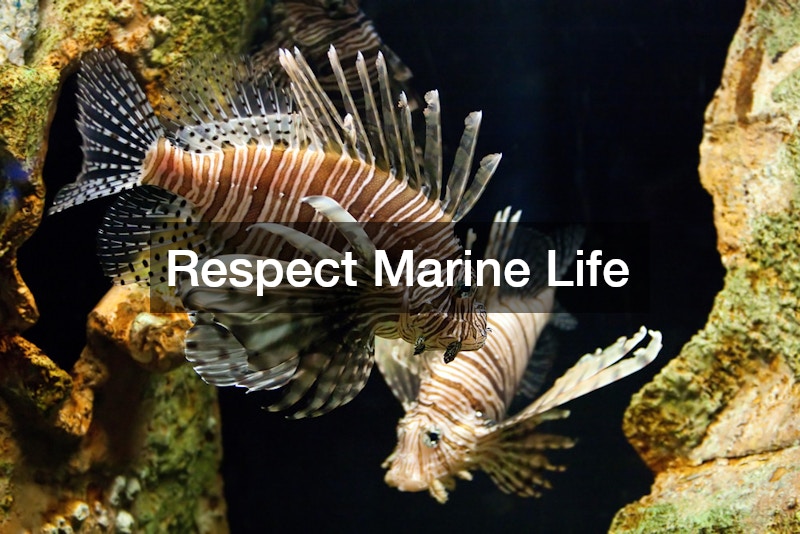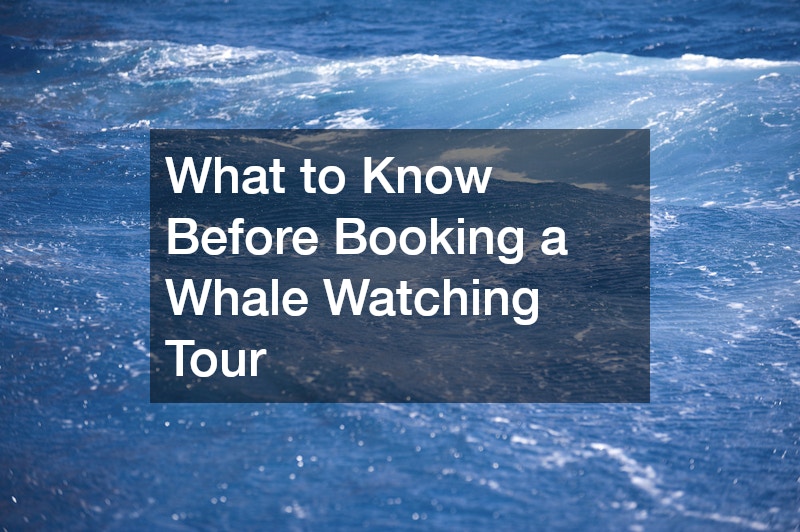Whale watching tours offer a unique opportunity to observe these magnificent creatures in their natural habitat. Before you book your tour, there are several important considerations that can enhance your experience and ensure that your trip is both enjoyable and environmentally responsible. Here’s what you should know before booking your whale watching adventure.
Choose the Right Time and Location
Whales migrate seasonally, so the time of year and location can significantly impact the likelihood of sightings. Research the best seasons for whale watching in your chosen destination.
For example, in California, peak whale watching occurs from December to April when gray whales are migrating, while Alaska’s season typically runs from May to September. Booking during the right season increases your chances of seeing multiple whale species.
Select a Reputable Tour Operator
Not all whale watching tour operators are created equal. Choose a company that prioritizes the safety of the whales and follows responsible wildlife viewing guidelines. Look for operators certified by organizations such as Whale Sense or the World Cetacean Alliance, which promote ethical practices like keeping a safe distance from the whales and minimizing disturbances to their natural behavior. A reputable company will also provide knowledgeable guides who can share insights into the whales’ behaviors and the surrounding marine environment.
Consider the Type of Tour
Whale watching tours vary in the type of vessel used and the overall experience. Large boats may offer more comfort and stability, especially for those prone to seasickness, while smaller boats or zodiac tours can bring you closer to the action but may be less stable in rough waters. If you prefer a more personal experience, look for tours that limit the number of passengers. Additionally, some operators offer specialized tours like sunset whale watching or eco-friendly excursions that use quieter, low-impact vessels.
Prepare for the Weather
The weather on the open ocean can be unpredictable, even if it’s warm and sunny onshore. Dress in layers and bring waterproof gear to stay comfortable during the trip. Windbreakers, hats, and sunglasses are also essential, as the combination of wind and sunlight on the water can be harsh. Don’t forget to pack sunscreen, as UV rays can reflect off the water and increase your exposure.
Understand the Potential for Seasickness
If you’re prone to seasickness, be prepared with motion sickness medication or wristbands designed to reduce nausea. Open water can be choppy, and it’s better to be prepared than to have your trip ruined by discomfort. Booking a tour on a larger vessel or choosing a morning departure when the sea tends to be calmer can also help mitigate the risk of seasickness.
Respect Marine Life
Lastly, remember that whale watching is about observing animals in their natural environment, so patience is key. Whales are wild animals, and sightings can’t be guaranteed. Be mindful of the guidelines provided by your tour operator to avoid disturbing the animals and respect their space, ensuring a responsible and rewarding experience for both you and the whales.
Watch the video above to learn more about whale watching on Na Pali Coast!.




